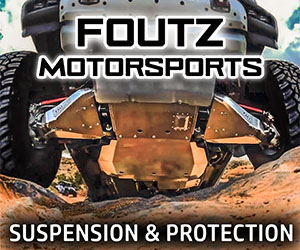22 minute video with really good dyno explanations.
"It’s time to put the twin-turbo Broncos on the dyno and see what tuning can really unlock! In this video, we tune both a stock 2.7L Bronco and a 3.0L Bronco Raptor to show what kind of gains are possible right out of the gate.
Bronco Tuning: https://www.pbdyno.com/tuning/bronco....
Bronco Parts: https://www.pbdyno.com/parts/ford-lin...
For the Bronco Raptor, we tested both 93 octane and an E30 blend—and even did a Dragy 0–60 run in 92-degree Florida heat at max power. The results? Impressive.
This is just the beginning. We plan to slowly build the Bronco Raptor over time with an upgraded intercooler, downpipes, fueling, and eventually bigger turbos and full E85."
Related Palm Beach video in this forum.

 www.broncoraptor.com
www.broncoraptor.com
"It’s time to put the twin-turbo Broncos on the dyno and see what tuning can really unlock! In this video, we tune both a stock 2.7L Bronco and a 3.0L Bronco Raptor to show what kind of gains are possible right out of the gate.
Bronco Tuning: https://www.pbdyno.com/tuning/bronco....
Bronco Parts: https://www.pbdyno.com/parts/ford-lin...
For the Bronco Raptor, we tested both 93 octane and an E30 blend—and even did a Dragy 0–60 run in 92-degree Florida heat at max power. The results? Impressive.
This is just the beginning. We plan to slowly build the Bronco Raptor over time with an upgraded intercooler, downpipes, fueling, and eventually bigger turbos and full E85."
Related Palm Beach video in this forum.

AZURE GRAY BRONCO RAPTOR REVIEW!! | Was It Worth It? - By Palm Beach Dyno
Nicely done overall general cost comparison to Palm Beach Dyno's built Bronco Wildtrak along with on-road driving review.







